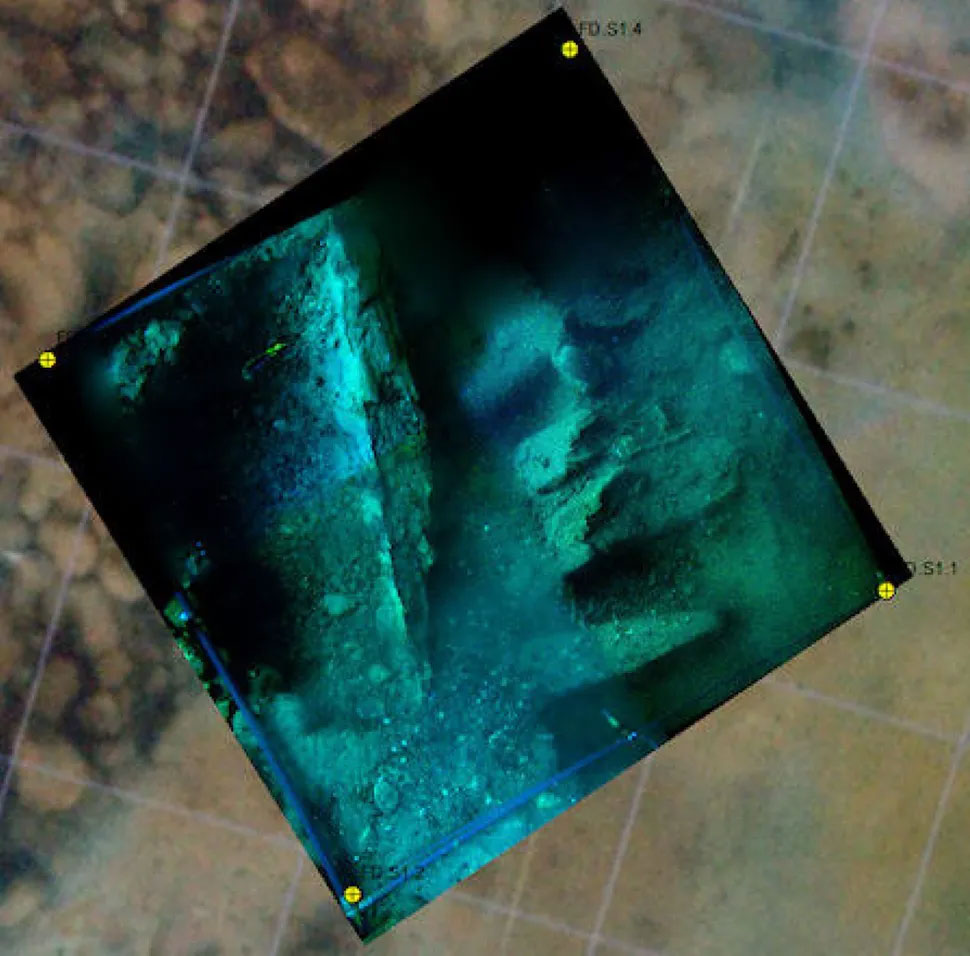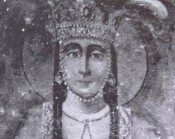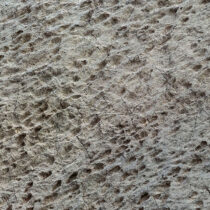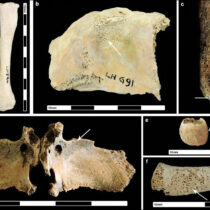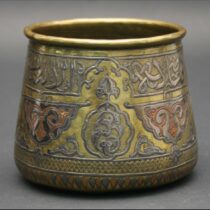Archaeologists have uncovered a sunken ship off the coast of Madagascar, believed to be a Portuguese treasure vessel overtaken by pirates in 1721 — one of the most notorious pirate attacks in history.
Researchers from the Center for Historic Shipwreck Preservation in the United States have been examining the site for 16 years. They now believe the remains are those of the Nossa Senhora do Cabo, a Portuguese ship that was carrying goods from India when it was captured by a group of pirates, including the infamous Olivier “The Buzzard” Levasseur.
The shipwreck lies at the bottom of a small harbor near Nosy Boraha, an island off northeastern Madagascar. Known in the early 1700s as Île Sainte-Marie, the island was a notorious pirate stronghold during the so-called “Golden Age of Piracy.” The latest findings from the investigation are featured in the current issue of Wreckwatch magazine.
According to Brandon Clifford, co-founder and director of the center, the identification is based on several pieces of evidence: the ship’s structural features as seen in the submerged remains, historical documents, and a variety of artifacts found at the site.
Among the recovered items are religious figurines and objects crafted from wood and ivory — including a depiction of the Virgin Mary, part of a crucifix, and an ivory plaque engraved in gold with the letters “INRI.” (This Latin inscription, found in Christian tradition, stands for “Jesus of Nazareth, King of the Jews” and was reportedly written by the Romans above Jesus during the crucifixion.)
Researchers believe these artifacts originated from Goa — then a major Portuguese colony on India’s west coast — and were en route to Lisbon.
